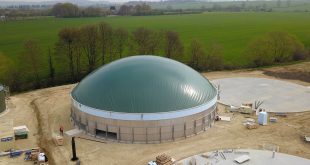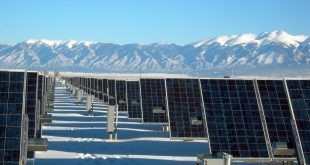
Adam Brandt and Hiren Mulchandani explain that almost 3 trillion barrels of oil are trapped in the world’s deposits of oil-shale, a dark-colored rock laden with petroleum-like material. The United States has by far the world’s largest deposits in the Green River Formation, which covers parts of Colorado, Utah, and Wyoming. Estimates put that total domestic oil resource at 1.2 trillion to 1.8 trillion barrels. Limiting potential use of those deposits are concerns over the large amounts of the greenhouse gas carbon dioxide released with current methods for extracting oil from shale. That’s why the researchers tried to find a new way to get energy from oil shale without producing greenhouse gases.
Their answer is EPICC — a self-fueled method that generates electricity, as well as the heat needed to produce that electricity from shale. The report describes how EPIC could generate large amounts of electricity without releasing into the atmosphere carbon dioxide from burning the shale. That carbon would be captured and stored underground as part of the production process.
The authors acknowledge funding from Fulbright New Zealand.
 Alternative Energy HQ solar power for homes, wind energy, and bio fuel issues
Alternative Energy HQ solar power for homes, wind energy, and bio fuel issues







